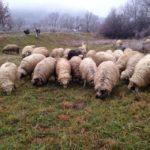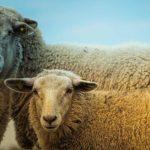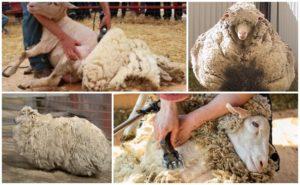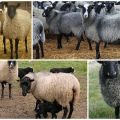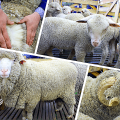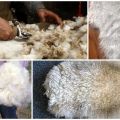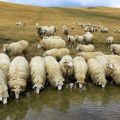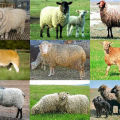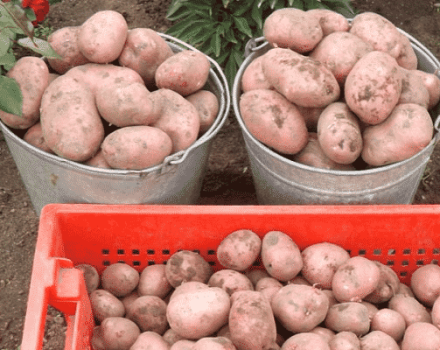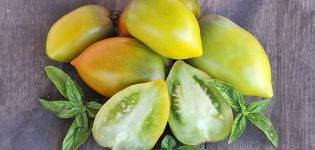Leading countries in sheep breeding and where this industry is developed, where there are more livestock
Sheep breeding is one of the leading livestock industries in the world, as there is a steady demand for high-quality wool, young mutton. In regions with extensive pasture areas, sheep are raised for meat and sheepskin for domestic consumption and for export. The leading countries in sheep breeding are China, Australia, India, where the number of animals is from 50 to 140 million.
Content
- 1 Homeland of sheep breeding
- 2 Popular breeds: indicator by country
- 3 How many sheep breeds are there in the world
- 4 Leading countries in the import / export of sheep products
- 5 Sheep breeding development trends in Russia
- 6 Subsidies and benefits for farmers in the Russian Federation
- 7 Farmers' mistakes when buying / selling sheep
- 8 Tips from experienced sheep breeders
Homeland of sheep breeding
The ancestor of the domestic sheep was tamed by man 6-8 thousand years BC. Thanks to the sheep, people received a year-round source of food and warm clothes. The first sheep herds appeared on the territory of Turkey, Syria, in the interfluve of the Tigris and Euphrates, where the natural zone favored pasture breeding. The specialization of this branch of animal husbandry is sheep breeding.
Sheep breeding is divided into subsectors:
- obtaining meat;
- wool;
- sheepskin and bush;
- production of fermented milk products.
One of the export items is also sheep casings used for the production of sausages, sausages, and in the cosmetic industry.
Popular breeds: indicator by country
The specialization of sheep breeding depends on domestic demand, the availability of pastures, and climatic conditions. China is the world leader in mutton production (1/3 of the world's stock). The country is engaged in the development and implementation of intensive methods of raising meat sheep, as well as breeding fine-wool sheep.

Australia is a country of sheep. The number of herds in sheep-breeding farms reaches 200 thousand heads. Sheep breeding specializes in wool. Every year 1/3 of the world's fine-woolen sheepskin is sheared here. The predominant breed is merino.
In New Zealand, local meat, wool, wool breeds are grown. The country is the largest exporter of wool and young mutton.
In Europe, the oldest sheep-breeding country is England, famous for its highly productive meat and wool breeds: Wiltshire Horn and Wensleydale. The UK is the leading exporter of lamb.
In the export of Iran and Pakistan, karakul (lamb skins) prevails. Israel is a supplier of fermented milk products. In South Africa, sheep were introduced 200 years ago by the Portuguese. At present, the country occupies a leading place in the African continent in breeding meat and wool sheep.In North America, the number of sheep is insignificant: in the USA - up to 80 thousand, in Canada - up to 900 thousand.
The most popular sheep breeds in the leading countries in sheep breeding:
| Country | Breed | Specialization |
| China | dorper, meat merino | meat |
| Australia | local merino | woolen |
| India | local | woolen, hairless |
| Iran | afshari, zel | meat and dairy, meat |
| New Zealand | merino, romney, corridale | wool, meat-wool |
| South Africa | dorper | meat |
| Turkey | white camaran, red camaran, daglich | meat-wool |
Among the breeds, the highest rating in terms of popularity and prevalence are held by the merino and corriday (1/4 of the total number of sheep).
How many sheep breeds are there in the world
Over the past millennia, about 600 breeds of sheep have been bred. The most common are 20 species. The world population of animals is over 1 billion.

The largest sheep breeding areas are located in the subtropics, tropics, deserts and semi-deserts, where there are large grazing areas. The geography of sheep breeding extends to Asia, Africa, Australia, South America, Europe.
By the number of goals, the leading countries are:
- China - over 140 million;
- Australia - about 100 million;
- India - about 60 million;
- Iran - over 50 million;
- New Zealand - over 40 million.
In the UK, South Africa, Turkey, Pakistan and Spain, the number of sheep is approaching 30 million or more. There are about 20 million animals in Russia.
Leading countries in the import / export of sheep products
In countries with significant animal populations, more meat breeds are bred.
Main producers of lamb:
- Australia;
- New Zealand;
- Great Britain;
- Pakistan.
Leading exporters are Australia, UK and New Zealand. Importers - USA, Japan, EU, Canada. The leaders in the production of wool and its main suppliers to the world market are:
- Australia;
- New Zealand;
- Argentina;
- Uruguay;
- Pakistan.
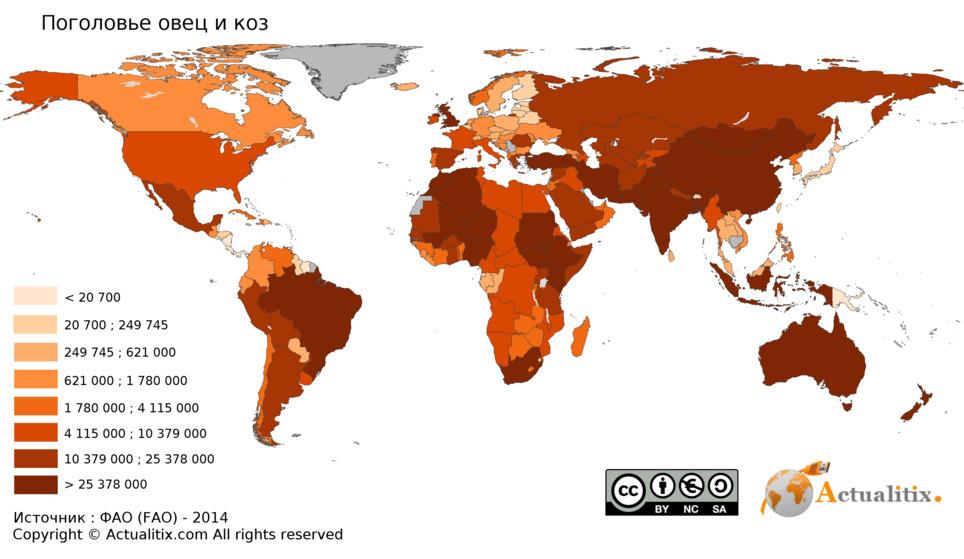
New Zealand specializes in fine fleece sheep farming, ranking first in the world in its exports. In Africa, South Africa is engaged in the supply of lamb to neighboring countries, the number of sheep in which is 3% of the world. India is one of the countries with one of the largest herds of sheep in the world, but at the same time sheep farming is extremely backward. Local coarse-wooled breeds are bred for the manufacture of national clothes (shawls and scarves).
Sheep breeding development trends in Russia
Since the 90s of the last century, the number of sheep in the Russian Federation has been steadily declining. Over 20 years, it has decreased from 58 million heads to 14 million (2008). Russian producers are experiencing a shortage of wool, especially fine wool. Up to 18 thousand tons of wool are exported to the country annually, with 42 thousand tons of own production. This situation is due to the unprofitableness of sheep breeding farms engaged in breeding wool sheep.
The reasons:
- insufficient selection work;
- aging of the herd;
- lack of laboratories for certification of wool for export.
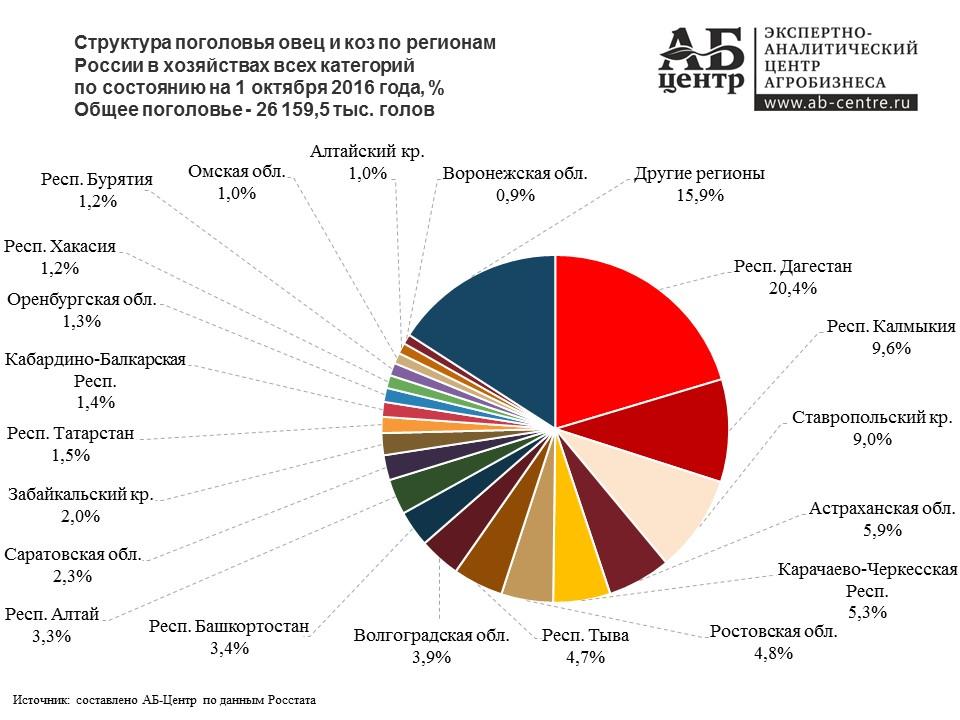
Sheep breeding is widespread in the North Caucasian (40% of the livestock), South (25%), Siberian (15.5%) federal districts. There are large sheep farms in Dagestan, Kalmykia, Volgograd, Astrakhan regions, and the Republic of Tyva. These farms ensure the production of commercial lamb in the Russian Federation. In other regions, due to the small number of sheep, lamb is produced for their own needs.
Sheep breeding meets the needs of the population for traditional products and raw materials in harsh climatic conditions. The intensification of sheep breeding in the world, the growing demand for the industry's products is accompanied by the development of new, more productive breeds of sheep.
Currently, 39 wool breeds are bred in Russia, including:
- 14 fine-wool;
- 11 semi-fine wool;
- 2 semi-coarse;
- 12 coarse-haired.
The possibilities of raising sheep in the leading regions (Dagestan and Kalmykia) have been exhausted due to the extreme load on pastures.But other regions have significant potential for the development of the industry.
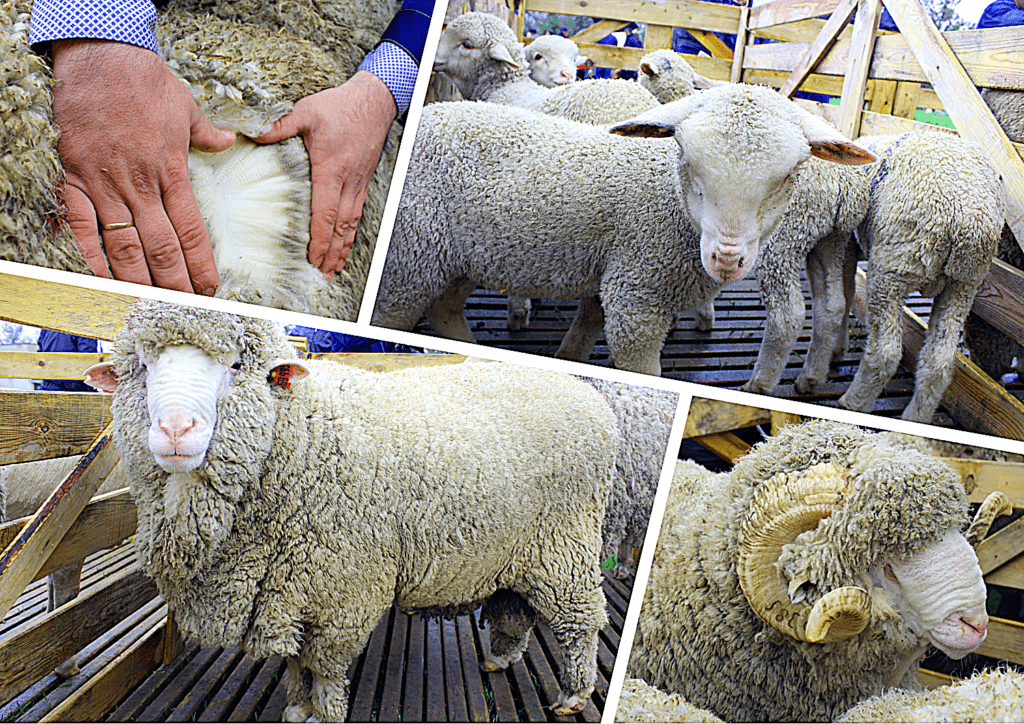
Subsidies and benefits for farmers in the Russian Federation
The Federal program for the development of sheep breeding for the period from 2014 to 2020 provides for measures to increase the number of sheep, primarily ewes (up to 16.8 million heads). To meet the needs of the textile and light industry in raw materials, it is planned to stimulate manufacturers by additional allocation of 500 million rubles from the federal budget.
With the support of the state, sheep breeders are faced with the task of raising productivity, using new breeds, natural resources, deepening regional specialization.
The government's strategy for the next 5 years is to improve the quality and competitiveness of products in the world market. The achieved indicators should satisfy the domestic demand for mutton and wool and raise the export potential.
From 2020, livestock breeders will be able to insure sheep against natural disasters, fires, epizootics. The subjects of the federation will receive state funding for the development of the agro-industrial sector in accordance with their programs. Local sheep farmers have the opportunity to receive subsidies for the purchase of pedigree livestock, compensation for the delivery of products to processing sites.
Farmers' mistakes when buying / selling sheep
When purchasing lambs, a beginner in sheep breeding is advised to find a specialist who will determine the health of young animals and pedigree breeding.
The transaction is drawn up in writing, which indicates the brand, sex, breed, age.
The seller must submit a certificate from a veterinarian and breed certificates. Do not rely on verbal assurances from the breeder. When selling animals, you should take a receipt from the buyer for documents and money.

Tips from experienced sheep breeders
To form a breeding herd, it is necessary to acquire a healthy, mature inseminator. For 60-70 sheep, 1 ram is enough, but for stimulation it needs competitors in the herd (2-3 males). When choosing a breeding animal, they pay attention, in general, to the general physical condition. He must have a correct bite, no signs of anemia, tuberculosis, hoof rot. The sexual characteristics of a ram should have a pronounced character, without traces of atrophy, disease.
After deciding to breed sheep, you should get acquainted with local sheep breeders and consult about breeds, feed, and housing conditions. At the same time, it is necessary to determine the form of organization of the economy (LH, LLC, KFH), on which the amount of subsidies received and the payment of taxes depends.
